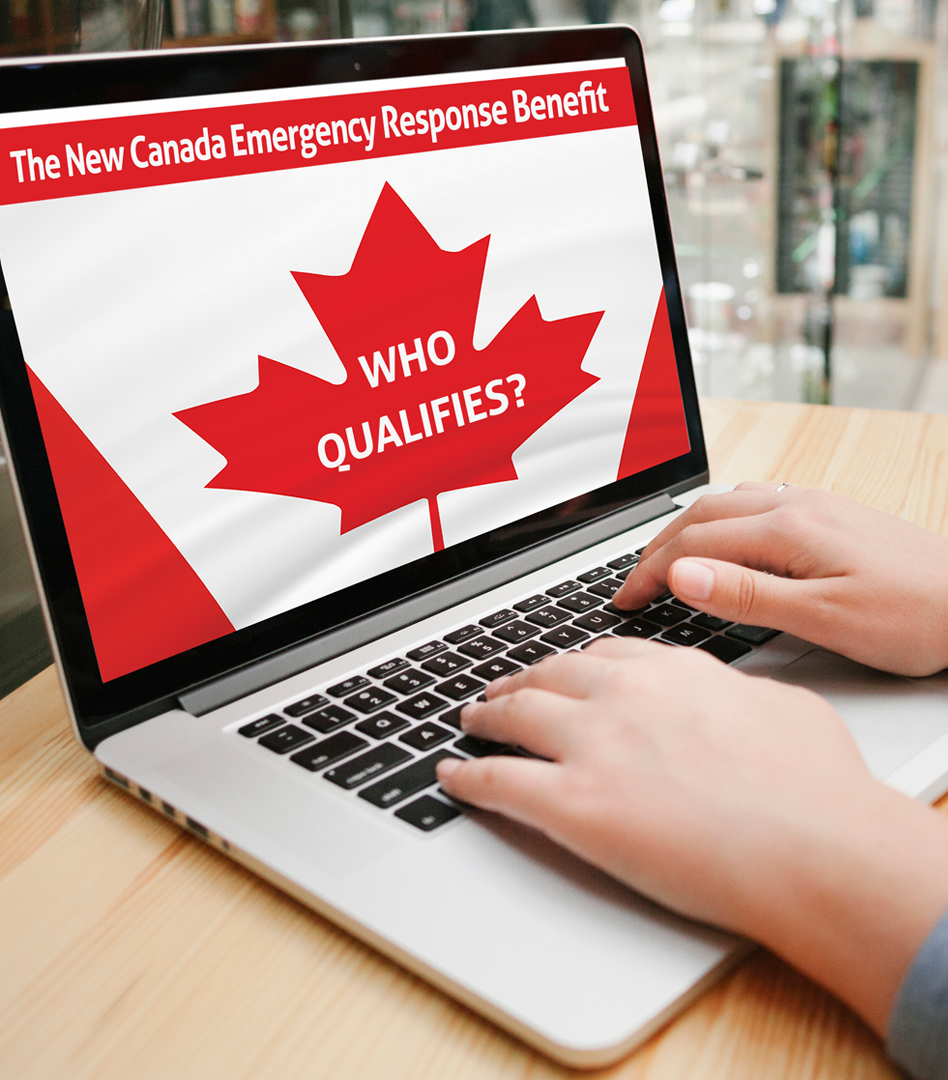In the Fall of 2021, the government revised several business supports provided due to the COVID-19 pandemic.
The changes include extending the Canada Recovery Hiring Program (CRHP) to May 7, 2022 and increasing the subsidy rate to 50%. The wage and rent subsidies under the previous Canada Emergency Wage Subsidy (CEWS) and the Canada Emergency Rent Subsidy (CERS) are also being modified to provide much more targeted support to assist the hardest-hit businesses and those in the tourism and hospitality sector and extended to May 7, 2022.
While the base rules for the wage and rent subsidies under the more targeted approach are similar to the previous CEWS and CERS rules, there are some changes.
Both the wage subsidy and the rent subsidy are available under any of the following three gateways:
- Hardest-Hit Business Recovery Program – available to entities with a prior year revenue decline and a current period revenue decline of at least 50%.
- Tourism and Hospitality Recovery Program – available to qualifying tourism or hospitality entities with a prior year revenue decline and a current period revenue decline of at least 40%; and
- Local Lockdown Program – available for businesses in all sectors, subject to a qualifying public health restriction, with a current revenue decline of at least 40% (25% in some periods).
Hardest-Hit Business Recovery Program (HBRP)
Eligibility for the HBRP would require revenue declines of at least 50% for both of the following:
- the current month (determined under the existing CEWS and CERS rules); and
- the average of the first 13 CEWS periods (March 15, 2020 to March 13, 2021), referred to as the 12-month revenue decline.
The 12-month revenue decline would be calculated as the average of all revenue decline percentages from March 2020 to February 2021 (claim periods 1-13, excluding either claim period 10 or 11, which used the same comparative periods). Any periods in which an entity was not carrying on its ordinary operations for reasons other than a public health restriction (for example, because it is a seasonal business) would be excluded from this calculation.
The HBRP would be based on the qualifying remuneration (the same amounts previously eligible for CEWS) and qualifying rent expense (the same amounts previously eligible for CERS) at a rate based on the current-month revenue decline. At the minimum revenue decline of 50%, the subsidy would be 10%, rising to a maximum of 50% where the revenue decline is 75% or more. These subsidy rates would be halved for periods after March 12, 2022.
The rates are summarized in the chart below:
| Hardest-Hit Business Recovery Program (HBRP) Subsidy Rates | ||
| Current-month revenue decline |
Periods 22 – 26 October 24, 2021 to March 12, 2022 |
Periods 27 – 28 March 13, 2022 to May 7, 2022 |
| 75% and over | 50% | 25% |
| 50 – 74% | 10% + (revenue decline–50%) x 1.6 (e.g., 10% + (60% revenue decline – 50%) x 1.6 = 26% subsidy rate) |
5% + (revenue decline – 50%) x 0.8 (e.g., 5% + (60% revenue decline – 50%) x 0.8 = 13% subsidy rate) |
| 0 – 49% | 0% | 0% |
Lockdown support would also be available as under the previous CERS rules.
Tourism and Hospitality Recovery Program (THRP)
The THRP would target the tourism and hospitality sector, with examples including hotels, restaurants, bars, festivals, travel agencies, tour operators, convention centers, providers of cultural activities and convention and trade show organizers.
Eligibility for the THRP would require revenue declines of at least 40% for both of the following:
- the current month (determined under the existing CEWS and CERS rules); and
- the average of the first 13 CEWS periods (March 15, 2020 to March 13, 2021), referred to as the 12-month revenue decline (calculated in the same way as the HBRP).
At the minimum revenue decline of 40%, the subsidy would be 40%, equal to the revenue decline, rising to a maximum of 75% where the revenue decline is 75% or more. These subsidy rates would be halved for periods after March 12, 2022.
The rates are summarized in the chart below:
| Tourism and Hospitality Recovery Program (THRP) Subsidy Rates | ||
| Current-month revenue decline |
Periods 22 – 26 October 24, 2021 to March 12, 2022 |
Periods 27 – 28 March 13, 2022 to May 7, 2022 |
| 75% and over | 75% | 37.5% |
| 40 – 74% | revenue decline | 1/2 of revenue decline |
| 0 – 39% | 0% | 0% |
Lockdown support would also be available as under the previous CERS rules.
Increased cap on qualified rent expense
Under CERS, qualified rent expenses were limited to $75,000 per location and an aggregate of $300,000 for all locations within an affiliated group. The aggregate monthly cap is increased from $300,000 to $1,000,000 for rent subsidies under the new gateway.
Local Lockdown Program
Organizations that are subject to a public health restriction are proposed to be eligible for support at the same rates applicable for the THRP (see above), regardless of sector.
The base rules require having one or more locations subject to a public health restriction lasting for at least seven days in the current claim period that requires them to cease activities that accounted for at least 25% of total revenues during the prior reference period. This would not require meeting the 12-month revenue decline, only a current-month decline. It would be available to all affected organizations, regardless of sector.
Special rules were introduced to provide expanded access to this program from December 19, 2021 to February 12, 2022. The expansion allows
entities to qualify if they are subject to a capacity-limiting public health restriction of 50% or more. In addition, the current-month revenue decline
threshold is reduced to 25% (from 40%).
ACTION: Targeted wage and rent subsidies are still available to those particularly hard-hit entities or those in the tourism and hospitality industry. Ensure to apply if eligible.
The preceding information is for educational purposes only. As it is impossible to include all situations, circumstances and exceptions in a newsletter such as this, a further review should be done by a qualified professional. No individual or organization involved in either the preparation or distribution of this letter accepts any contractual, tortious, or any other form of liability for its contents. If you have any questions, give us a call! 437-286-2000







